-
Posts
479 -
Joined
-
Last visited
Content Type
Profiles
Forums
Gallery
Events
Posts posted by bolin
-
-
-
-
-
I came to think on another reason why the original ship might not have needed to worry about replacing the keelson due to wear from the halyard. On the reconstruction we are not using natural hemp fibers. Instead we us rope of hemp imitation, probably of polyester. This material is probably much harder than real hempen rope and cause much more wear on the wood.
- mtaylor, Cathead, Mark Pearse and 2 others
-
 5
5
-
My name is actually not Håkan, it’s Tobias 😁 You must be confusing me with wintergreen, who’s name is Håkan.
The branch extension on top of the keelson is common in finds from Viking age and medieval times. It think it provides a kind of stop for the mast when you raise it onboard. On the reconstruction we use a mast crane to raise the mast, so I’m not sure how the exact process would look like.
I guess that either adding a sacrificial piece, or replacing a part of the keelson are both possible. The latter being much harder. It has taken 35 years to wear down the groves. Even if considering that the reconstruction hasn’t sailed as much as the original, I think that it’s unlikely that wear would eat through the keelson before the service life of the ship had reached its end.- Cathead, Wintergreen, Mark Pearse and 3 others
-
 6
6
-
It has been a few weeks since I worked on this model. My focus has shifted to my other ongoing build, the medieval long-ship.
In the weekend I did return a bit to this one and attached the rudder.
I also stained the hull up to the bulwark. For this I used an oil based stain with the pigment "tar". I have not used this product before, but have seen it used by another modeller on this site, and liked the result. I have currently only used one coat, and think that I will keep it like that. I'm afraid that it will become to dark if i give it another.
- Siggi52, wefalck, GrandpaPhil and 4 others
-
 7
7
-
-
The keelson of walnut turned out well, so I proceeded as planned.
Note the peg and the wear on the underside of the keelson.
The groves are from the halyard which is led under the keelson and belayed with support of the peg. Every time the yard is raised or lowered the rope eats away at the wood.
I have also installed the first cross beam and tested the mast in place.
-
-
Thanks Silverman
I have started to work on the keelson. Only a small 1.45 m fragment is preserved in the find, so the reconstruction used comparative material from other sites, for example the viking ships from Skuldelev in Denmark.
The reconstruction work came to the conclusion that the keelson was made from several parts. There is no indication of how long, but the ship builder advised to make it quite long to improve the lengthwise strength. Now it goes all the way between the third and fifteenth frame.
The hole in the preserved piece shows that the keelson was fastened to the frames using tree nails. An alternative method is shown in the Incredible Hulc by @woodrat. According to the reconstruction report, the tree nail method was more common during the medieval times and in the Baltic, than the side support methods which was more "west-scandinavian".
On 3/24/2021 at 2:47 PM, woodrat said:At the moment I'm building the keelson from strip wood, but am tempted to use a piece of natural wood as woodrat has done.
- Landrotten Highlander, Ekis, J11 and 7 others
-
 10
10
-
Wow, you certainly went the extra mile on that support!
- Brinkman, Louie da fly, mtaylor and 1 other
-
 4
4
-
Nice to see another Will. I built it as my second wooden ship model, and enjoyed it a lot. Much of the fun came from building new parts and modifying others.
-
Nice planking. The real ship uses a lot of drop planks in the bow area. Almost no strake runs the full length. I know that most Billings kits use single planking. Is it the same for this one?
-
Yes Åland has a long maritime history. I remember visiting Mariehamn (the main town) when I was a kid and being very fascinated by the four masted barque Pommern, which is a museum ship in the harbor. Maybe that, or some other ship from the region, will be a future subject for a model...
The try outs with ballast was done in the late 80's, well before I started to sail with the reconstruction. I cannot say how much change it made to the stability. What I can say is that as we now sail you need to be very alert. The sheet cannot be belayed, but most be held in hand by a crew member. Maybe you can allow a turn around a bollard, but never leave it unattended. If a powerful gust of wind comes at the wrong time you need to be able to release and let the wind out of the sail within seconds. When the wind is strong this is tiring and requires a strong grip. (Not so in the image below, a very nice day for sailing)
-
Seeing your keelson makes me wonder if I should reconsider how I plan to do it in my long ship. Beautiful work.
- mtaylor and Louie da fly
-
 2
2
-
Thanks Mark,
Yes the construction certainly has just enough stability, it only weighs about 4500kg. The clinker built hull means that a lot of the strength lies in the shell, the frames only helps to keep the form. When sailing in higher waves you can see and feel how the hull twists through the sea. For a first timer this can be nerve wrecking.
The seaworthiness of the ship was certainly one of the topics that interested the archeologists when the reconstruction was made. In the report that documented the reconstruction it was for example suggested that an extra plank might have been installed outside the oarlocks to prevent waves to reach over the railing when not rowing. I don't think that it was ever tried in practice.
Another topic that is mentioned several times in the report is how much ballast that would be needed. The radical answer is: none. After about two years of sailing with ballast it was concluded that it did not provide any benefit in this ship. Due to the shallow hull the center of mass will not move much when the ship rolls, so the righting momentum is low. A better solution is to use a movable ballast, the crew, to trim the ship when sailing. This is a typical situation when going high into the wind:
Even so, the conclusion after many years of sailing the reconstruction seem to be that, while it has been crossing open sea to Gotland in the middle of the Baltic, and Åland between Sweden and Finland, it is not risk free. This ship was built for sailing close to the coast, in particular on the lake Mälaren and in the Stockholm archipelago.
-
- Louie da fly, mtaylor, Ekis and 7 others
-
 10
10
-
Thank you @Miffy! I'm glad that my build log has been helpful, as I have learned from many others here on MSW.
Your model looks very nice! You are definitely correct regarding the name on the transom. I think my coloration of the cabin was inspired by a picture of how she looks now. But when I look back on that photo, your interpretation whit the sides of the cabin in the same orange color as the coaming around the hatches and the bulwark is probably correct.
-
I can comment that the modeling plans from 1981 shows that port as a gun port. However as @baskerbosse mentions it is now considered to be a message port. For example it is described as such in the big “Vasa I” book about the archeological study from 2006.
-
I have bought the plans used. They are no longer available in print. But they are posted here as PDF https://warshipvasa.freeforums.net/thread/87/vasa-ship-plans?page=2, look at the end of the page and the next page.
I have just started to read up on Vasa, but as far as I know there are no belay pins of the kinds that are used on later ships.
-
The piece should sit centered on the deck between the fore mast and the hatches. It seem to be correctly shown in your post from March 12.
The illustration below is from the Vasa museum modellers plans that where published 1981.

-
Does anyone have experience with this type of Japanese knife?
Kiridashi Kogatana - bevel on the right side Multi purpose and wood carving knife made of two layers of steel, black, forged surface. The tip is 20°, bevel on the right side.

https://www.fine-tools.com/messer1.html
- thibaultron, Canute and mtaylor
-
 3
3
-
-
Nice!
I think I will borrow your method with double sided tape for the floor boards I will make soon...

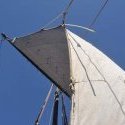
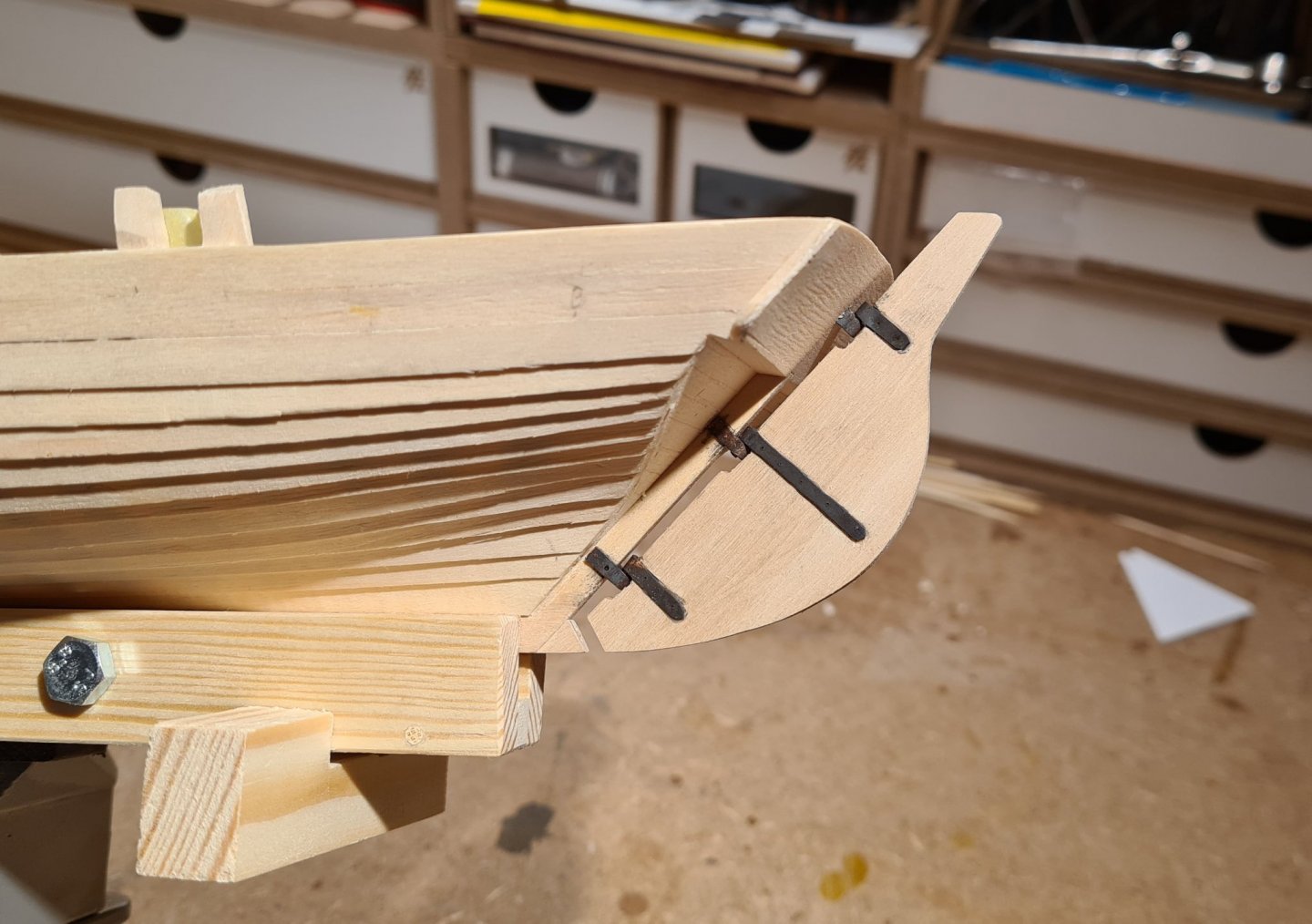
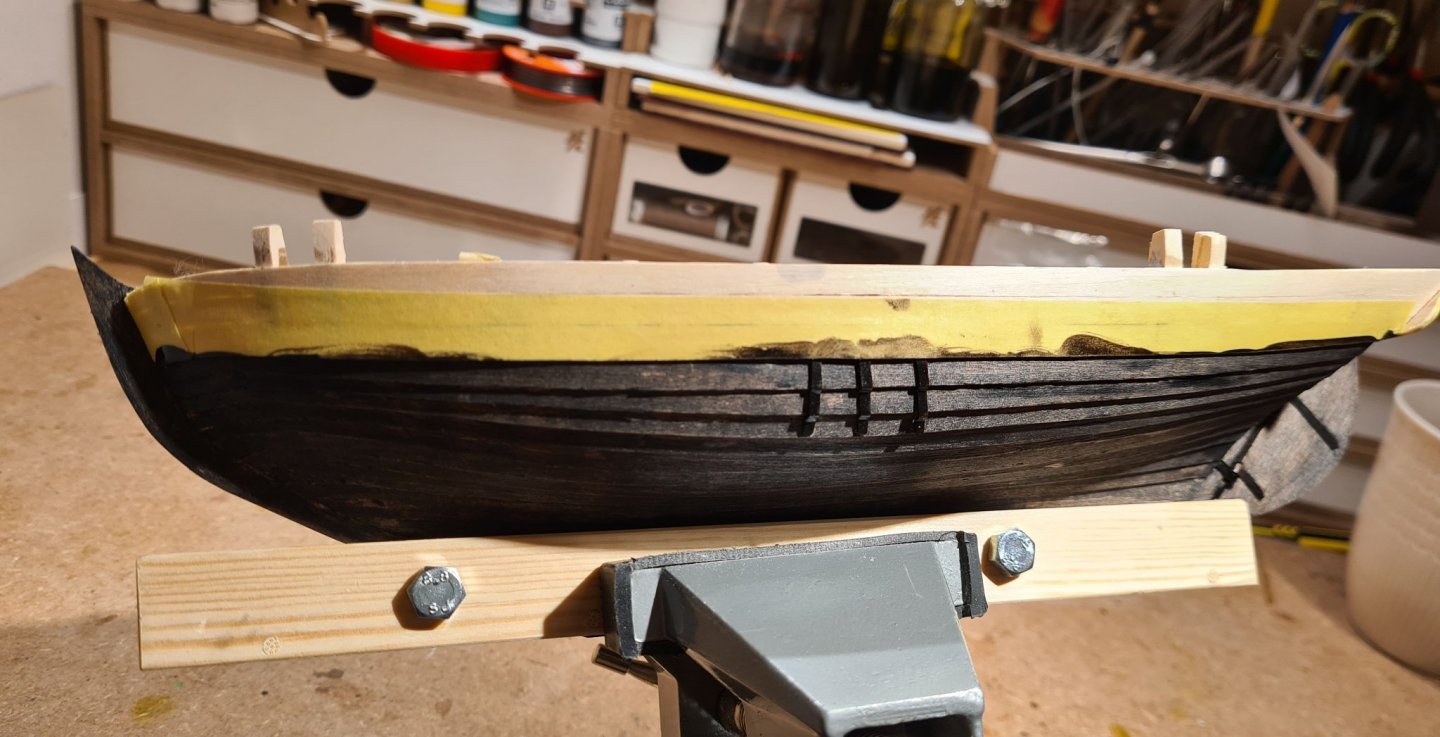

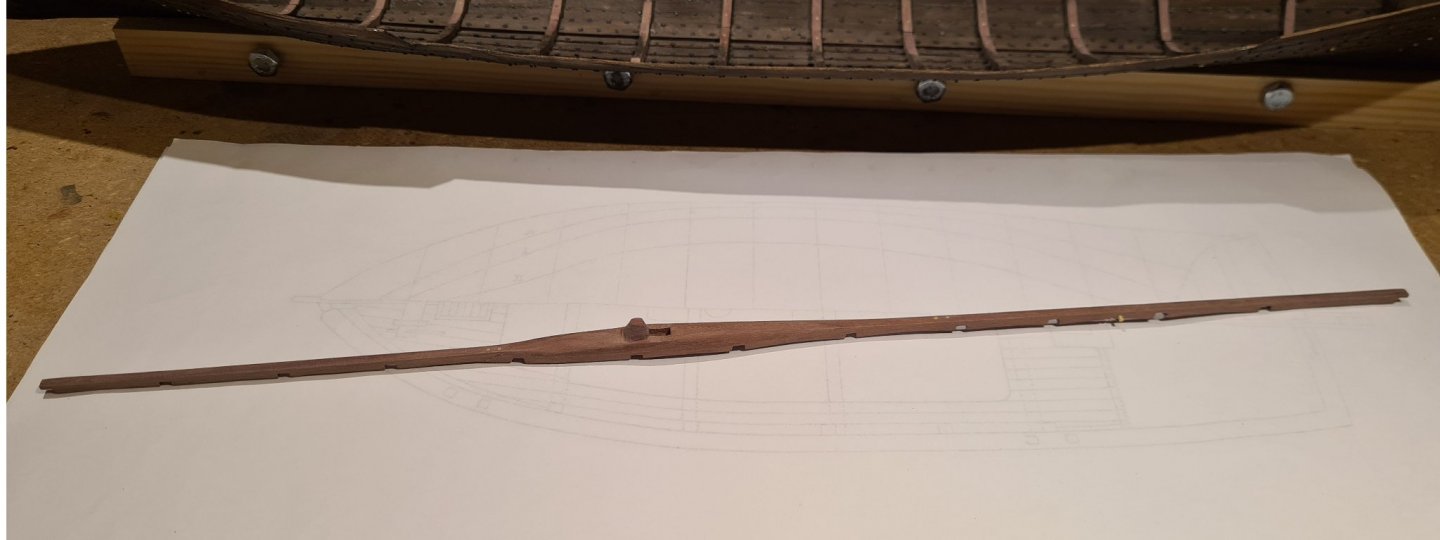
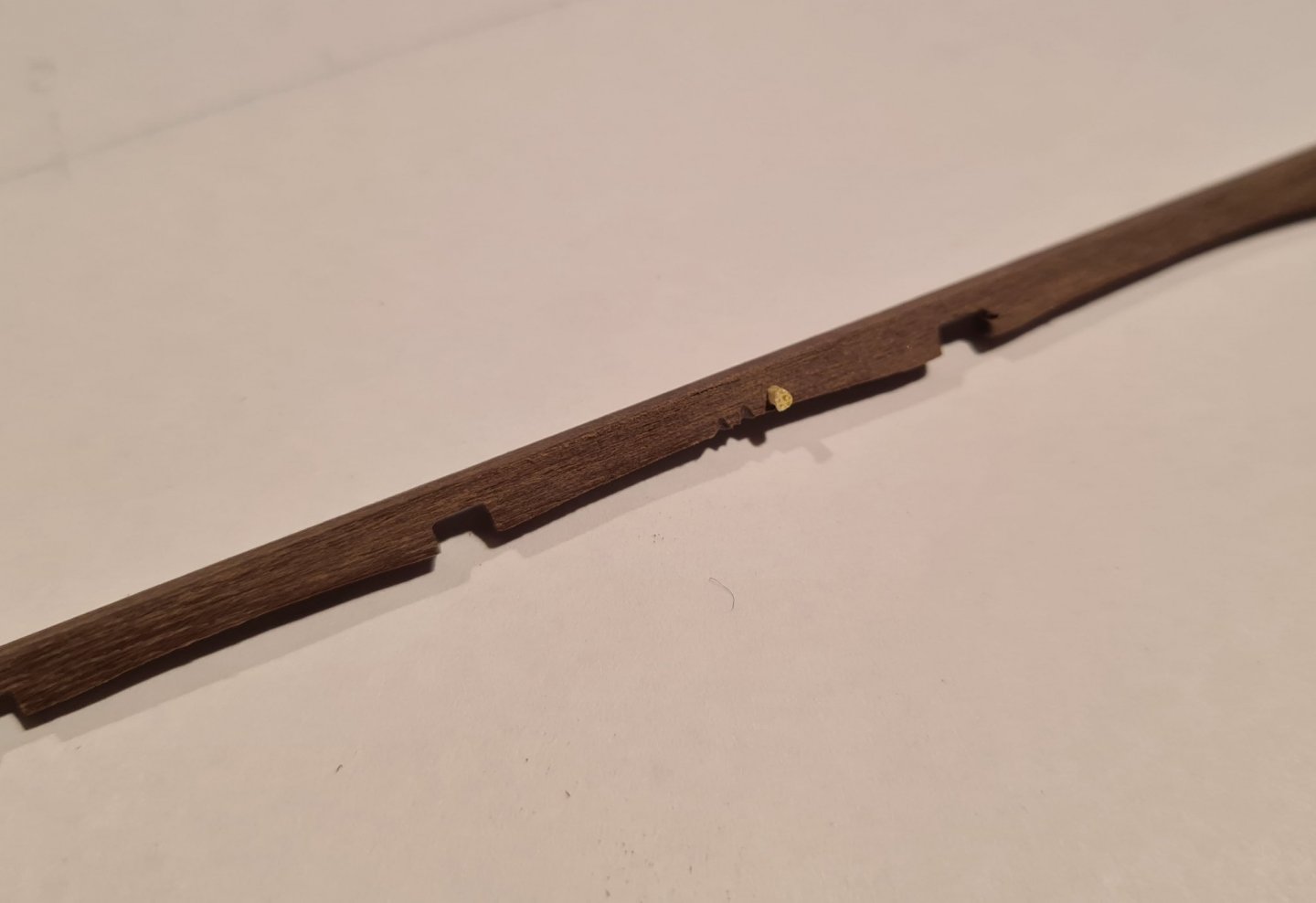
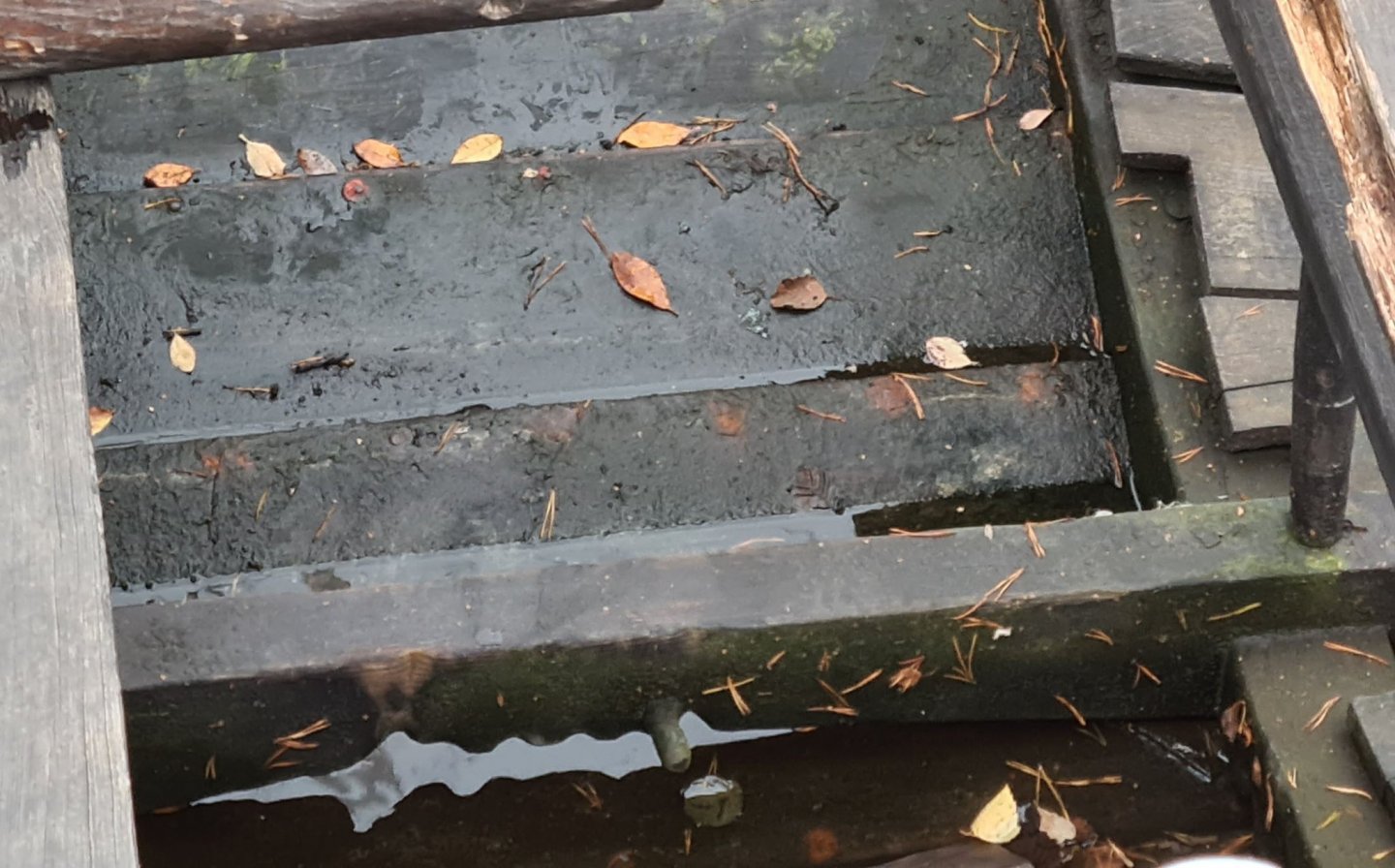
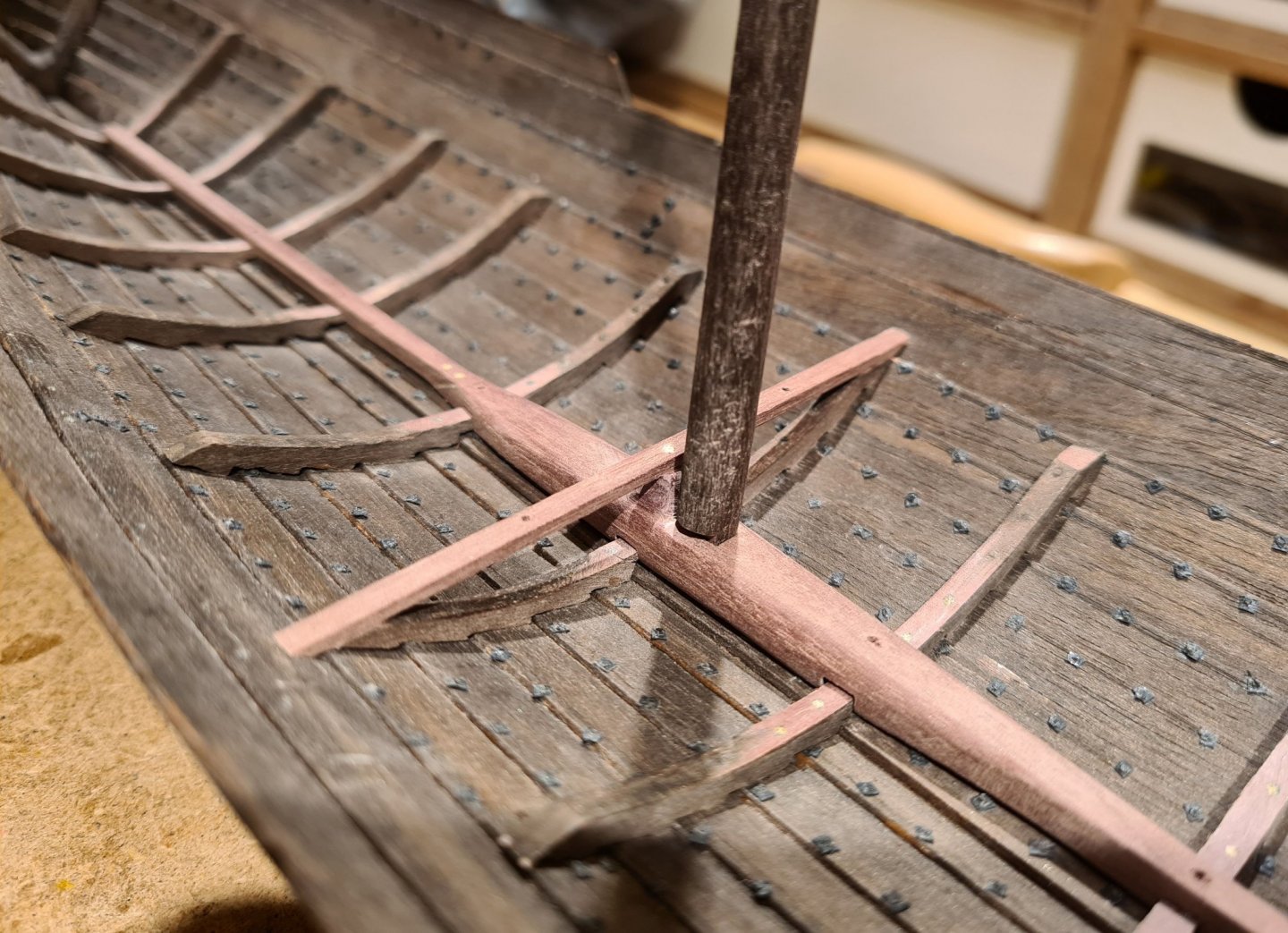
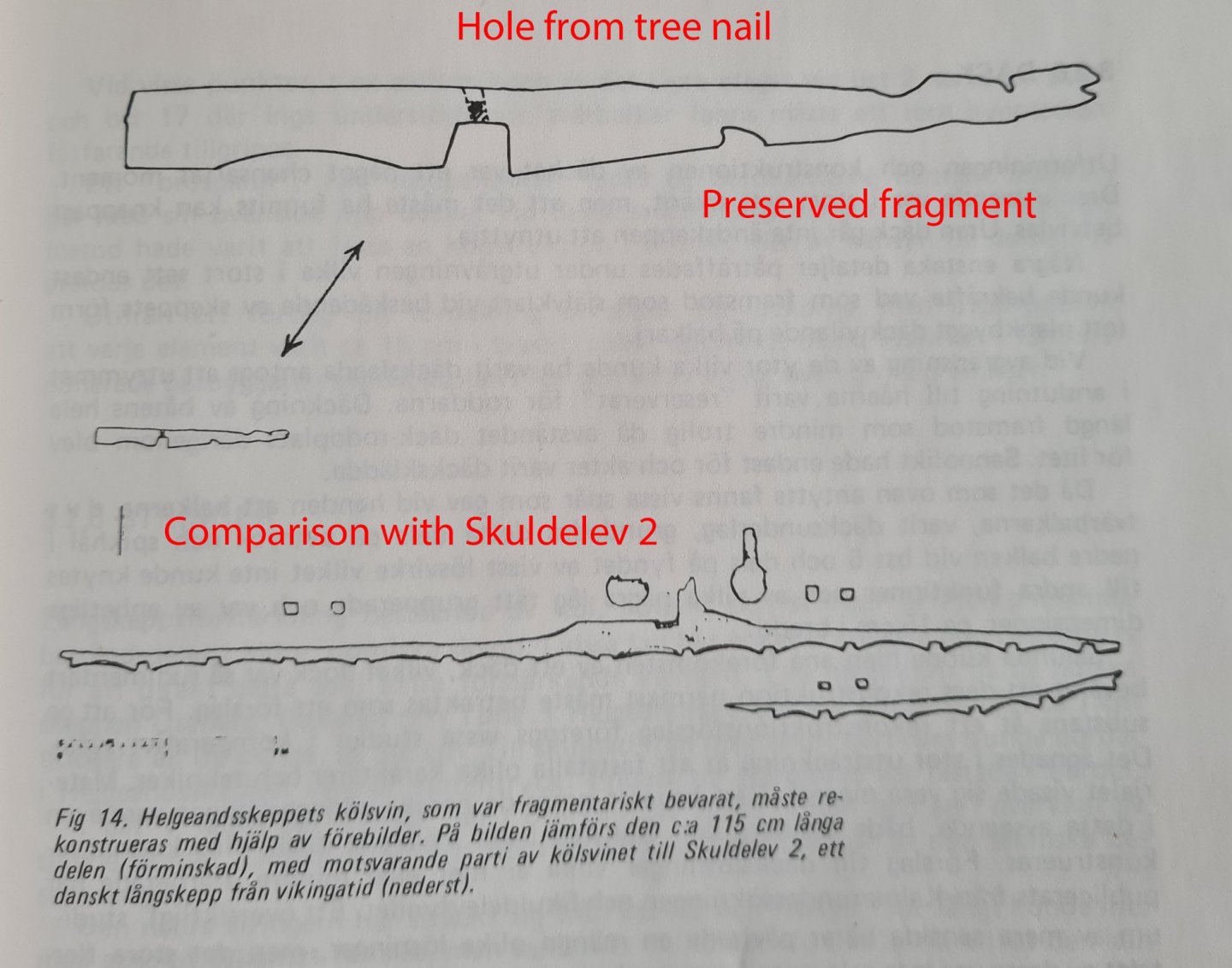
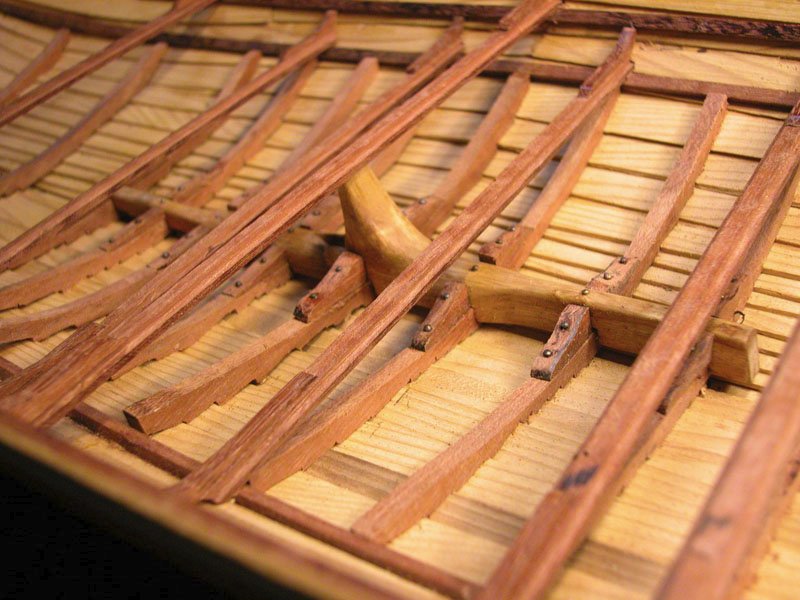

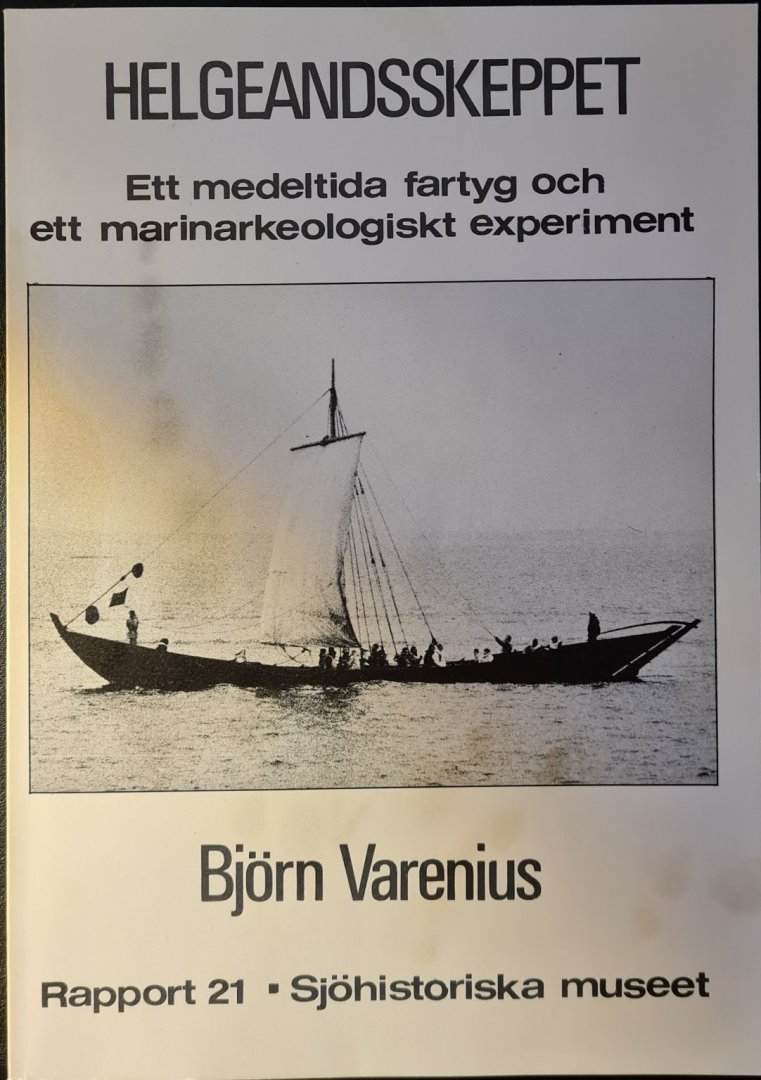
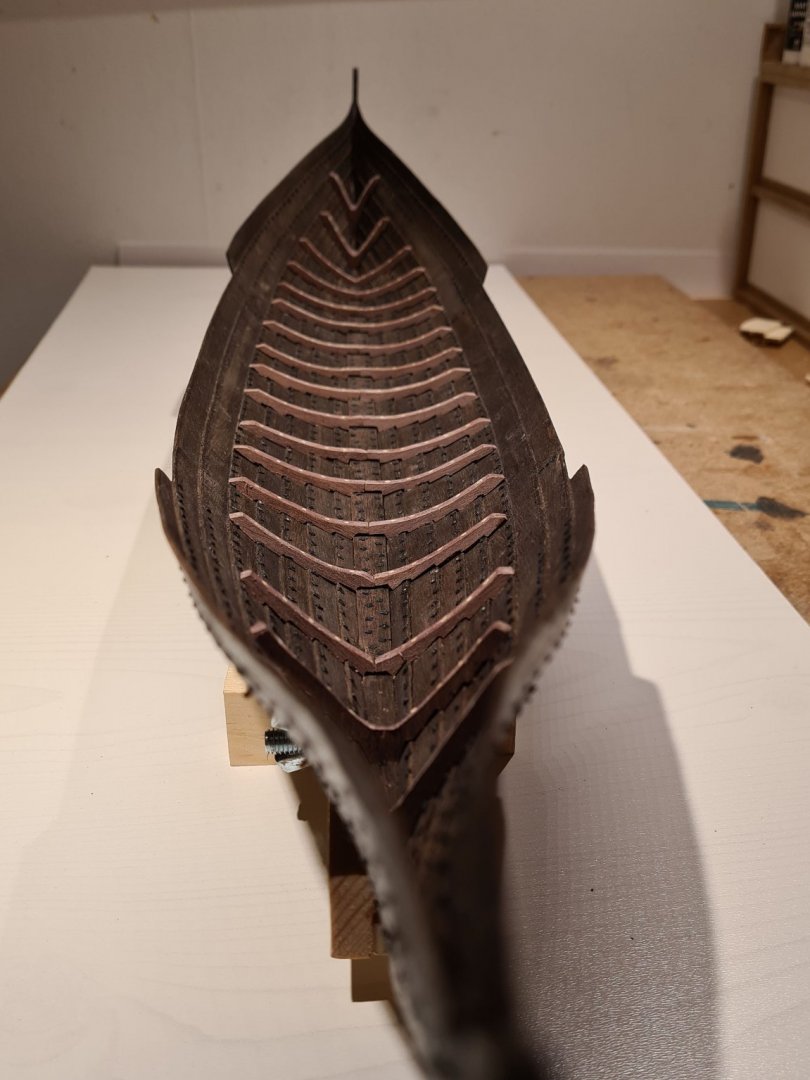
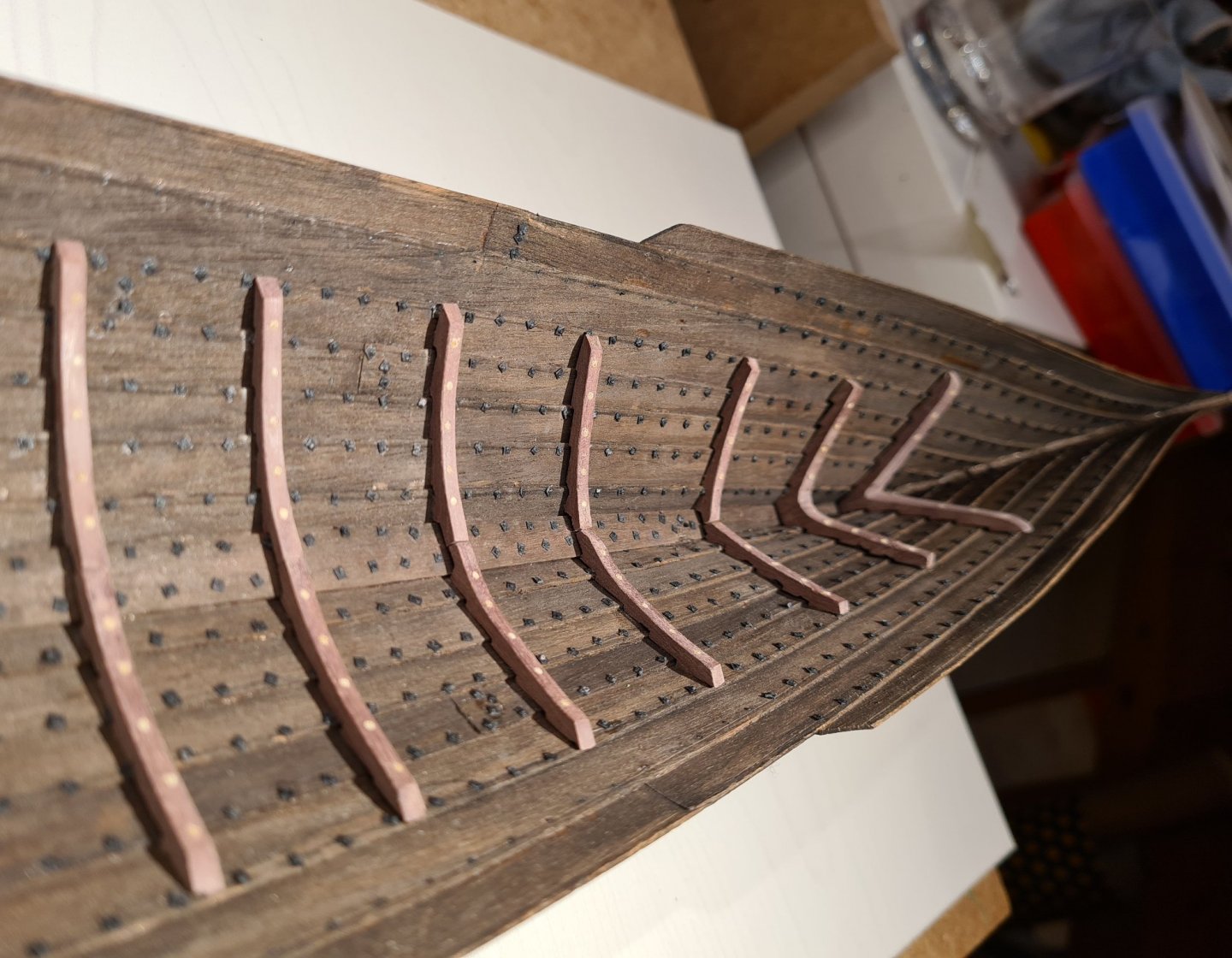
How to simplyfi the build of a large ship?
in Wood ship model kits
Posted
Yes, not doing the rigging is a major simplification. It can still be a nice model. Closed gun
ports is another option. But in the case of Vasa you will miss the characteristic lion heads. Not rigging the guns on the deck might also be an option.